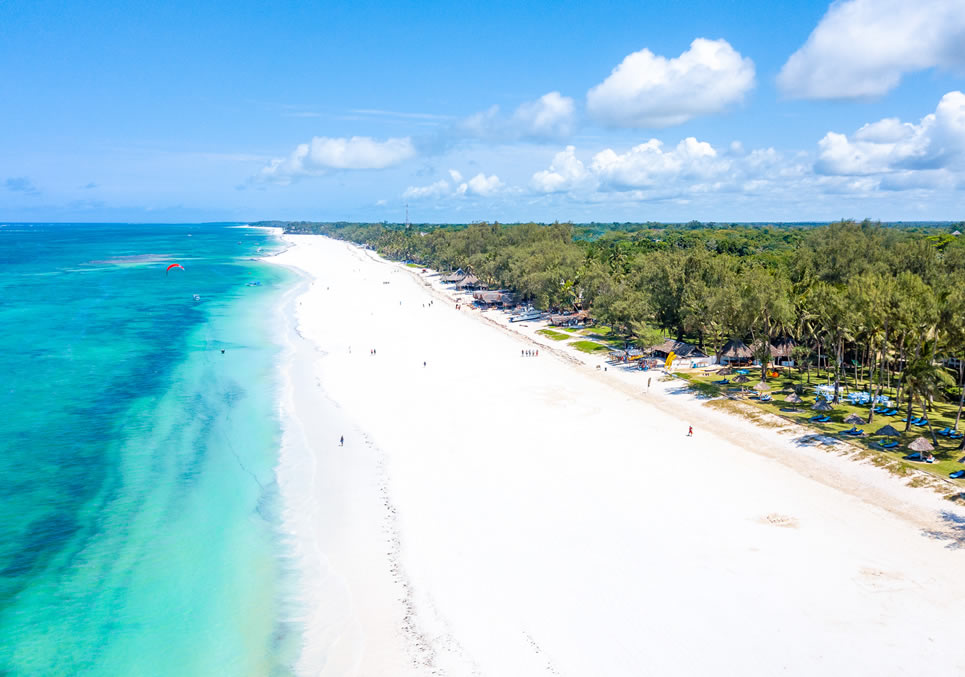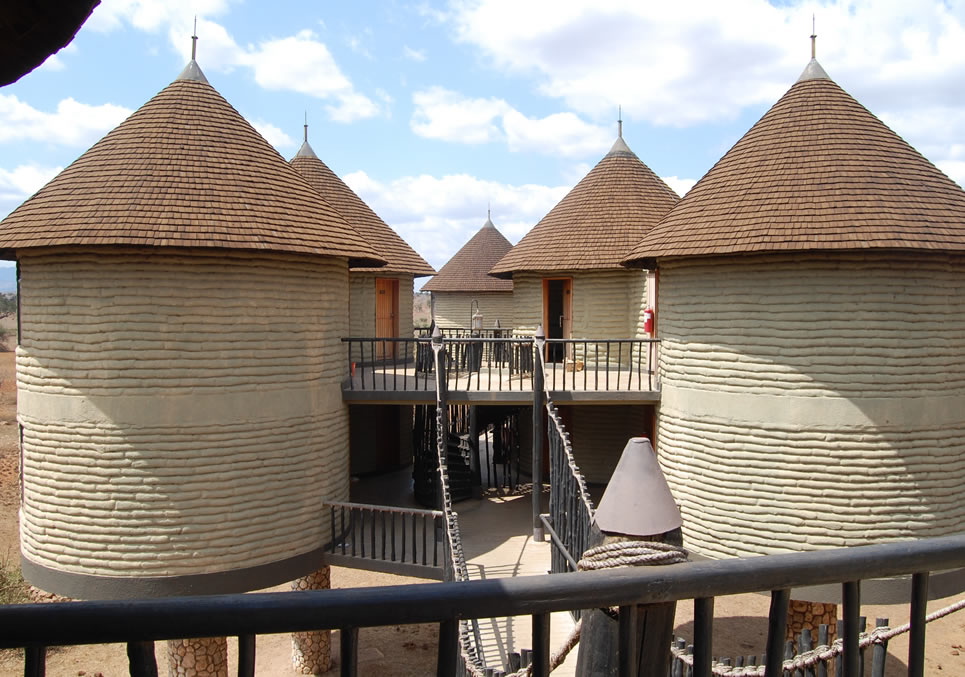- Safari Route

Day 1: Mombasa – Tsavo East
Early morning drive to Tsavo East National Park. Commence the morning game drive through this largest park, with a chance to spot herds of Red Elephants, Lions, Giraffes, Zebras, Gazelles, Buffaloes, Leopard, Waterbucks, Impalas and different bird species. Check in as well lunch at the lodge. After lunch, relax. The afternoon will hold yet more game drives. Dinner and overnight at Voi Safari Lodge or Manyatta Camp.
Day 2: Tsavo East – Saltlick
After breakfast, make final gamedrive while exiting Tsavo East National Park. Drive to Saltlick Sanctuary. Make Gamedrive and drive to the lodge for lunch. After lunch relax and wait for an evening gamedrive at 4pm. There are plenty of resident animals to be seen in this sanctuary. Make gamedrive until 6pm. Dinner and overnight at Sarova Saltlick Lodge.


Day 3: Tsavo West – Mombasa
Depart the Lodge after breakfast and proceed to the famous Mzima Springs where some 250 litres of water gush out of the Chaimu Lava flows per minute everyday creating a scenic home to fat pods of hippos and crocodile infested pools. Make last game drive whilst cheking out of the park. Drive to Voi town for lunch. After lunch drive back to your hotel arriving in the evening.
- PARKS VISITED
- ABOVE ITINERARY INCLUDES
- Melas(1 Night) 1x Breakfast, 2x Lunches, 1x Dinner
- Park Entrance Fees
- Accommodation
- Transport
- Transport,
- All Government taxes and levies
- Drive/guide in a Safari
- EXCLUDES
- Drinks at the lodges
- Masai Village fees
- Tips and things of personal nature
- Related Safaris
Each season offers unique experiences, and the best time to visit depends on individual preferences regarding weather, wildlife activity, and budget.
- High Season
- Time Period: July to October
Wildebeest Migration
One of the main attractions during this period is the Great Migration in the Maasai Mara, where millions of wildebeest, zebras, and other animals migrate from the Serengeti in Tanzania to the Maasai Mara in Kenya.
Weather
This period coincides with the dry season, making it ideal for wildlife viewing as animals gather around water sources.
Tourist Influx:
he influx of tourists is highest during this time
- Mid Season
- January to March, and November to December
Weather
The weather is generally dry from January to March, making it another good time for wildlife viewing. November and December are short rainy seasons, but the rains are typically less intense and shorter in duration.
Wildlife Viewing
Wildlife is still abundant, and many animals can be seen with fewer crowds compared to the high season
Tourist Influx
There is a moderate influx of tourists, and prices for accommodation and tours are slightly lower than in the high season.
- Low Season
- April to June
Weather
This period coincides with the long rainy season, which can make travel more challenging due to muddy roads and higher chances of rain during the day
Wildlife Viewing
While wildlife is still present, viewing can be more difficult due to thick vegetation and fewer animals congregating around water sources
Tourist Influx
The number of tourists is at its lowest, leading to significantly lower prices for accommodation and tours.
